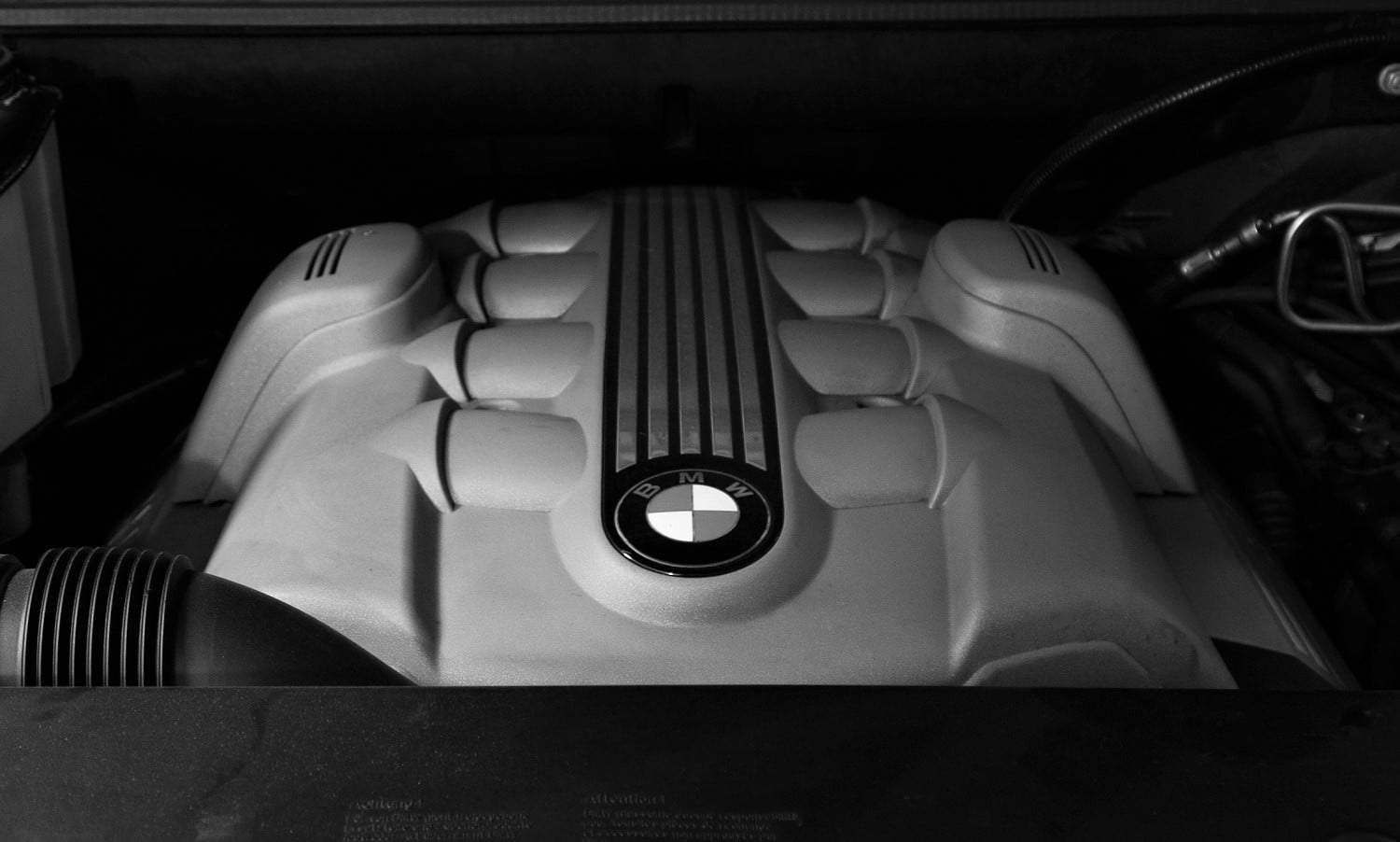
El variable intake system of an engine is present in many propellants coming from companies of extreme luxury and international prestige, such as Audi, BMW, Ferrari and Peugeot, among others.
It is intended to be used in high displacement engines, improving its performance and increasing regimen of work of the same, increase air intake that directly influences the combustion of the gasoline or diesel used.
This is because conventional intake valves They don't have the same performance. than those present in this system, so they do not adjust perfectly with the different engine speeds.
Variable intake operation

As we explained in the article about the practical cycle of a four-stroke engine, the air what goes into the engine has inertia. An effect that it's about taking advantage everything possible to get a good filling of the cylinders. The variable intake It has two ducts for each cylinder or a single branched collector for all to which part of the pipes is closed. In any case the end result is:
- A long narrow collector: Used when the engine is turning at low revolutions per minute (rpm). As the tube is thinner, the air reaches more speed to favor its inertia.
- A short and wide collector: Used when the motor rotates at high rpm. Since the air is already going fast at this speed, it does not need a thin tube to favor its speed. On the contrary, it needs a very wide intake channel that lets in as much air as possible. There are also variable intake systems that use the short stroke at high load, not just when a certain number of revolutions are reached.
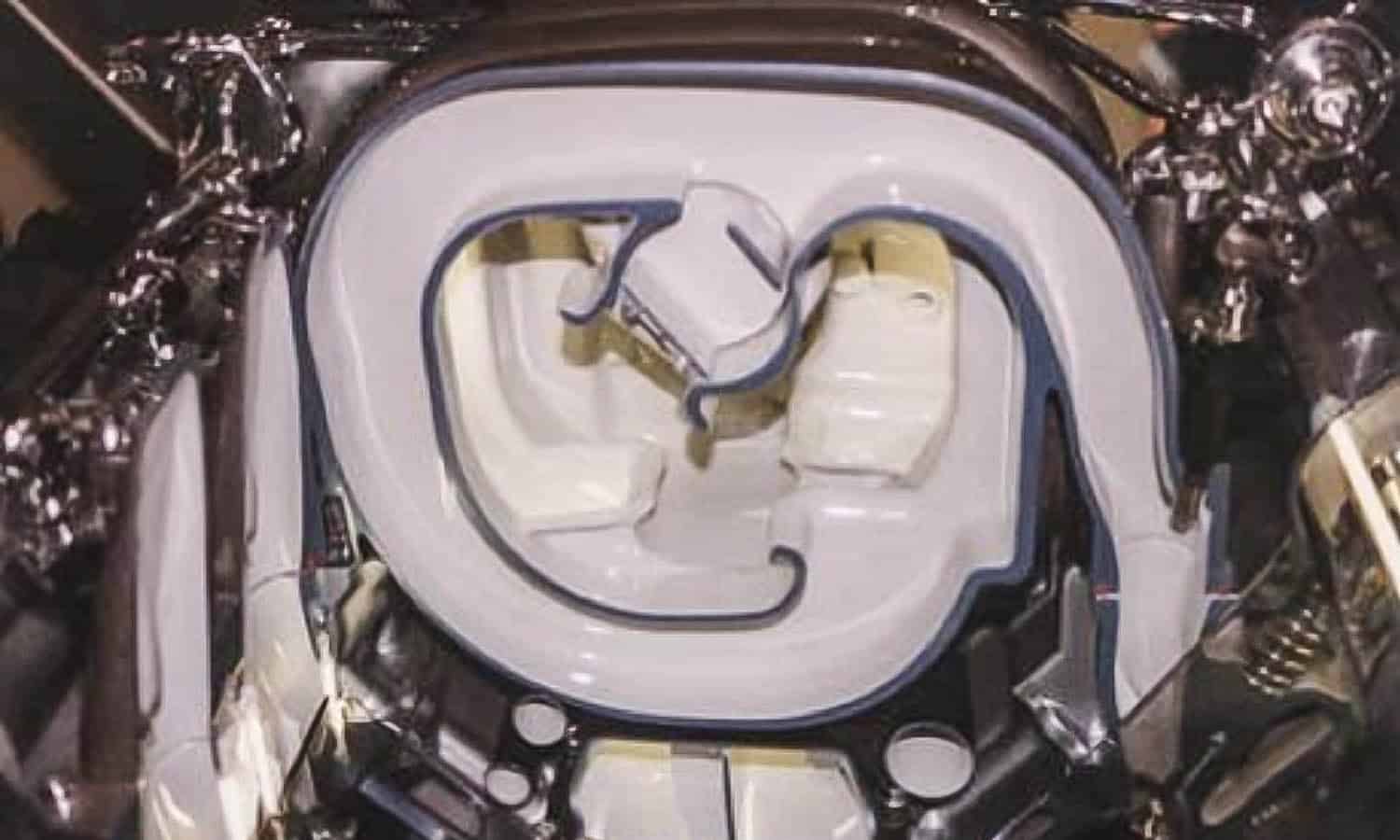
Now, you have to take into account the behavior of the air in the intake manifolds. The depression caused by the descent of the piston attracts the air that will try to fill it. This manifests itself in pressure waves: a negative pressure wave when lowering the piston which generates a positive pressure wave that tries to fill it and that takes a certain time to arrive depending on the speed of rotation of the motor. That is, the speed at which the suction piston descends.
That is why the design of the ducts or, in less mundane terms, intake manifold geometry has a shape and length certain so as not to hinder these waves and even encourage them.
To change from one conduit to another, one is used double butterfly that acts by acceleration or is activated electronically by the engine ECU.
Variable intake types
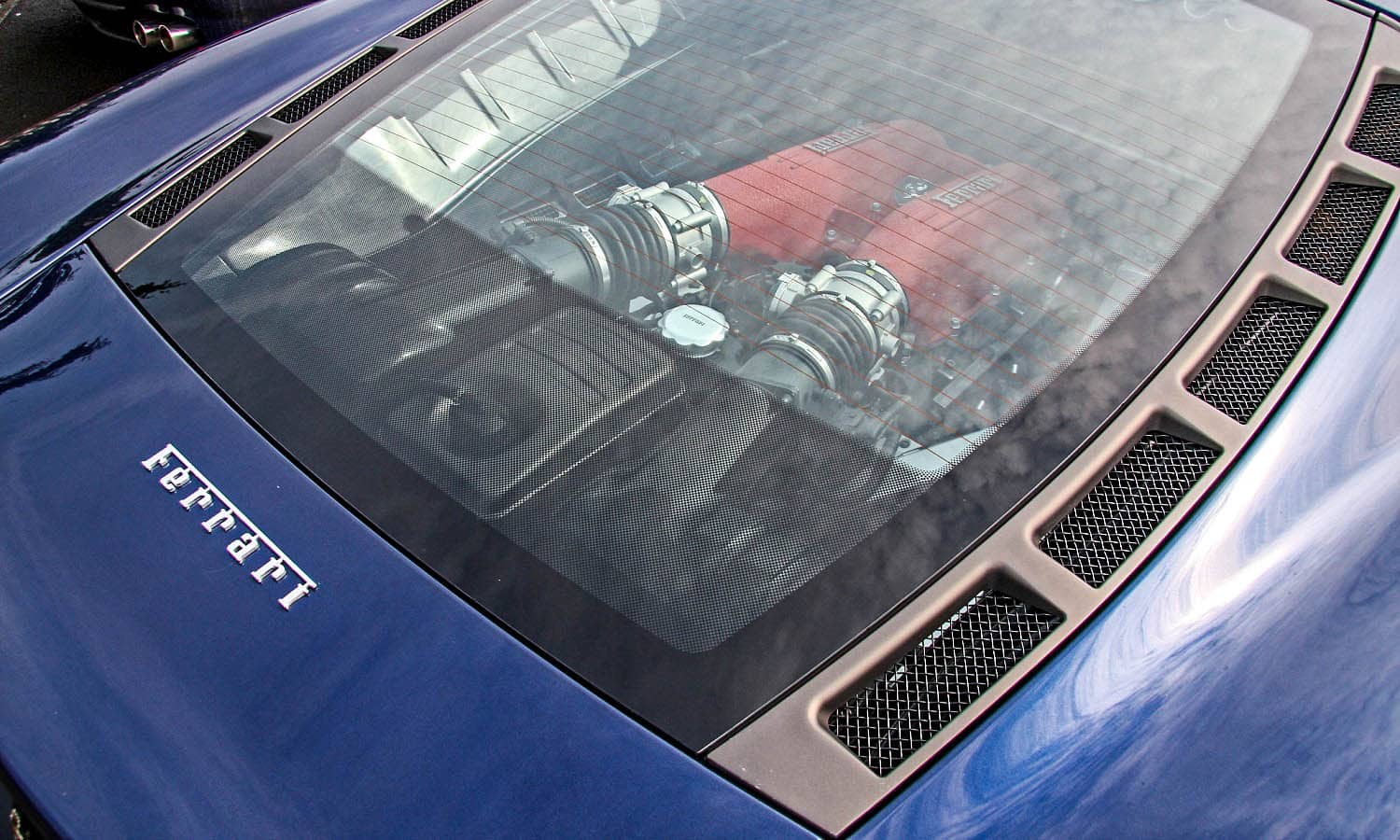
In variable admissions we can basically distinguish two fundamental types: those that vary the length of the intake manifold, and those that act through resonance.
The variable intake for collector length It is the most widely used by far. It features two different manifold lengths for each cylinder, and works just as described above. That is, in a high rev range uses the short collector, and in the low regime use the long manifold. That is why we can say that the length of the collector used is inversely proportional to the rate to which the motor works.
variable intake by resonance causes the valve opening located in the intake manifold only by the vibration of the air. Although, in reality, this type of variable intake is often combined with the one based on the length and width of the manifold. Therefore, the gas input will vary according to the length and section of the collector, in addition to the vibes created there.
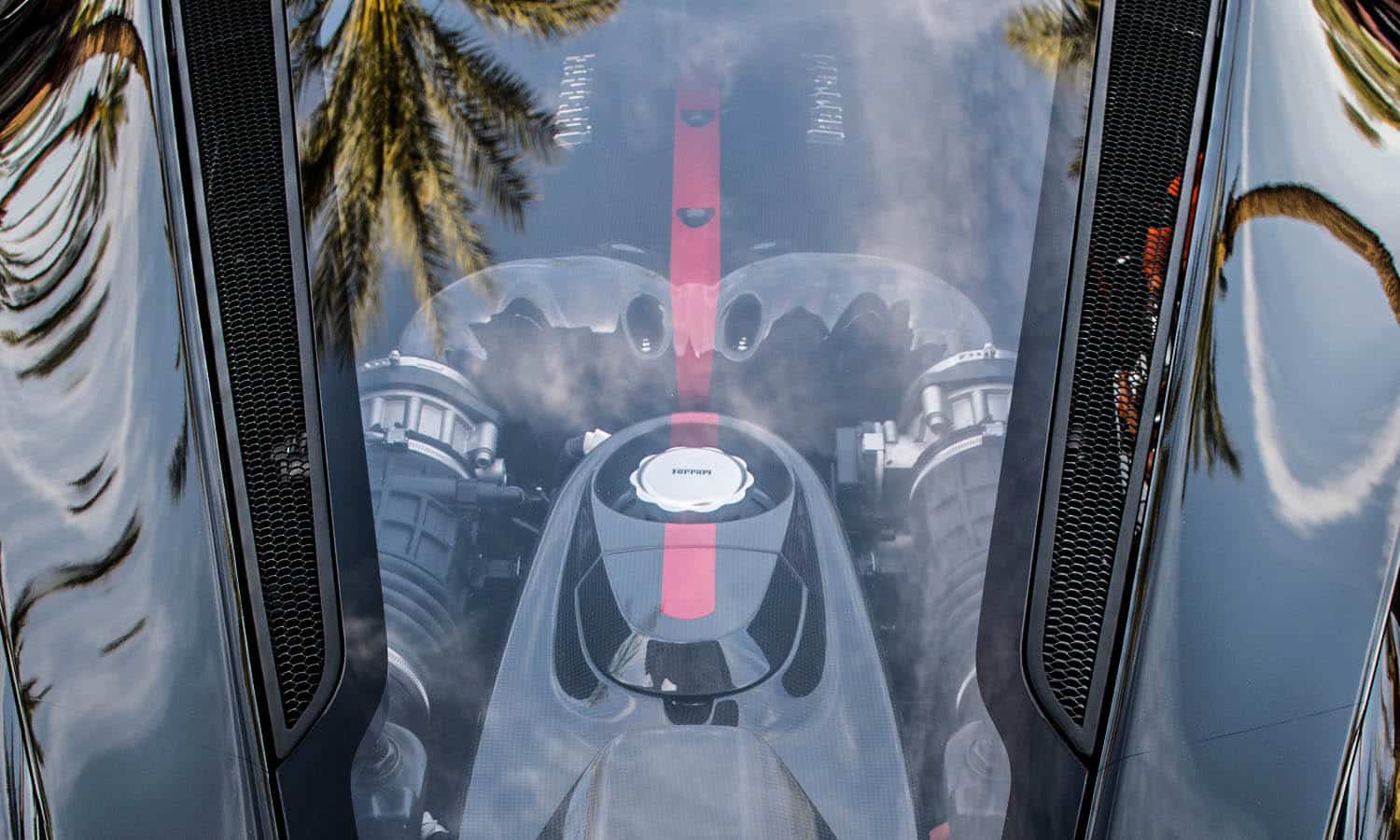
A variable intake path can generate a slight pressurizing effect similar to a low-pressure supercharger due to the phenomenon of Helmholtz resonance. A physical property that we already saw in the car mufflers with internal combustion engine.
An example: BMW's variable intake system
BMW's most famous variable intake system is the DISA. Both for the virtues that it offers to its engines, and for the breakdowns that it ended up having a few years ago. It is a system that does not have two ducts for each cylinder, but rather a manifold with a butterfly that closes part of the system. It can present several problems:
- On diesel engines with variable intake it ends up getting clogged by the typical carbon that is produced when burning this fuel.
- In gasoline gasoline engines with variable intake, the problem is that the butterfly can be broken because it is made of plastic. The pieces can reach the engine and cause serious damage. Especially since some parts do fit through the valve hole and can cause very serious problems.
Hence they exist metal butterflies made by other manufacturers that replace the one mounted by BMW from the factory. A modification that many BMW car owners opt for.
There is another BMW variable intake system called DIVA, which is considered world's first continuously variable intake. the engine drives it bmw n62 that appears in the photo that heads this article.
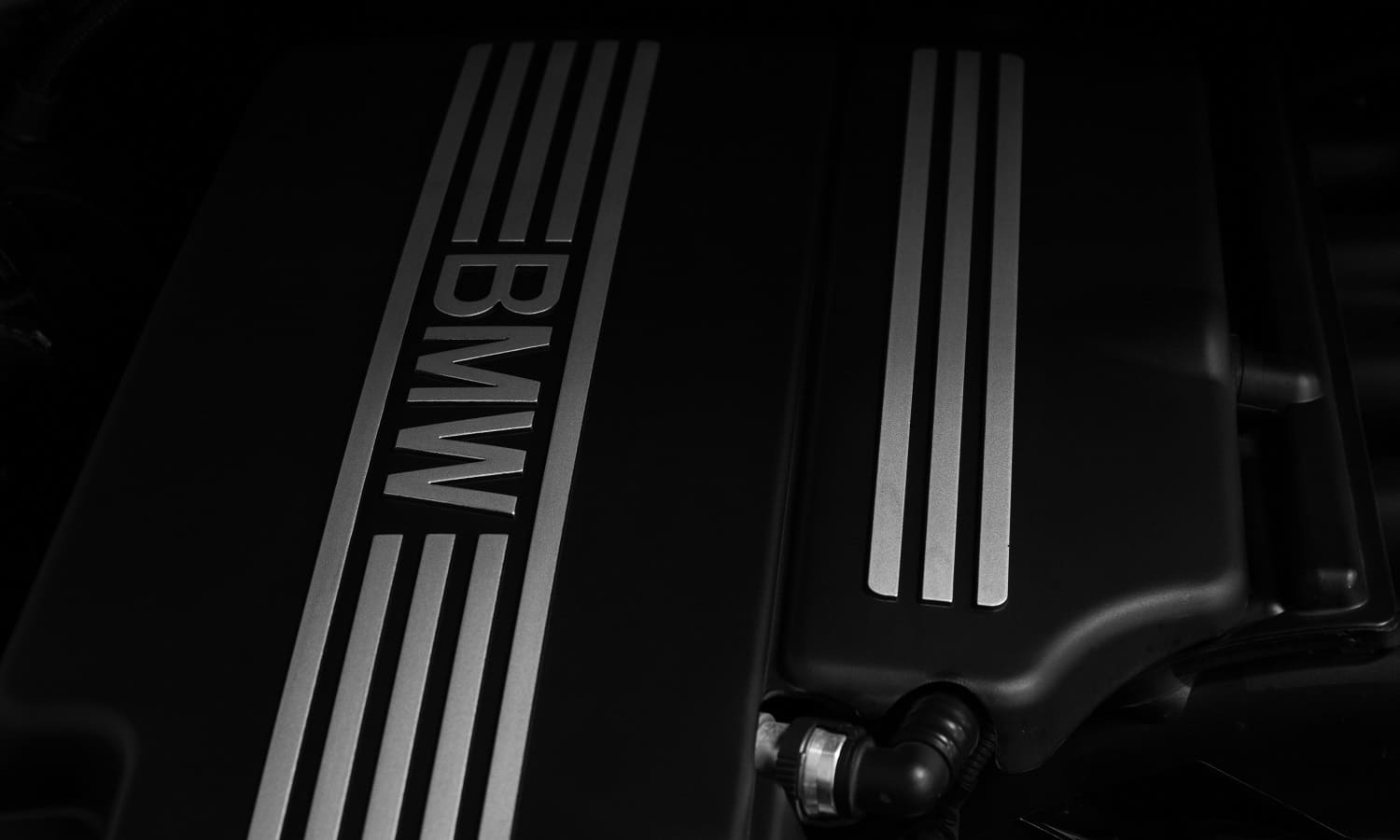
Other variable intake systems
There are also variable intake systems of other brands that deserve special mention. Audi carries them, for example, in the V6 engines of the late 90s of the 8th century and in those of the early 1987st century or in the VXNUMX engines from XNUMX to now.
As an example of the use of variable intake to maximize the sportiness of an engine are the Ferrari 360 Modena, 550 Maranello and LaFerrari.
Honda has used this system with various objectives from the most radical sportiness to pure efficiency, with models such as the NSX, Civic or Accord Hybrid.